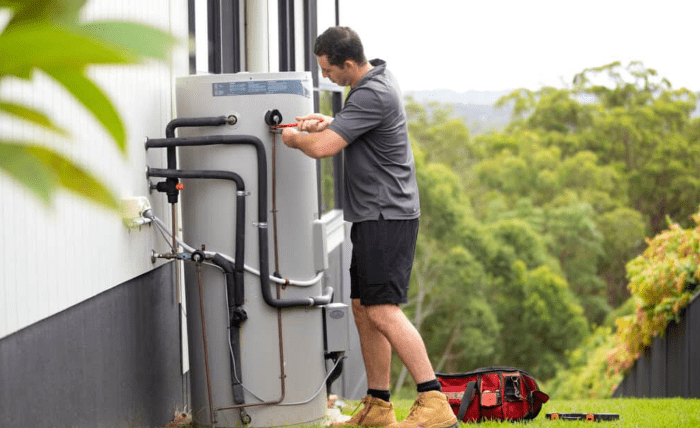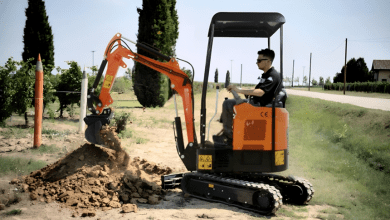
If you live on the Sunshine Coast, ensuring your hot water system remains in top working condition is essential—not just for comfort, but also to avoid costly repairs and sudden breakdowns. With the region’s coastal climate and humidity, proactive maintenance can extend the life of your system and improve its efficiency throughout the year.
1. Understand Your System Type
The Sunshine Coast features a mix of homes using electric, gas, solar, or heat pump water heaters. Each system type has its own maintenance needs:
- Electric systems should be checked for corrosion or rust around the tank.
- Gas systems need regular inspection of burners and pilot lights.
- Solar systems benefit from periodic cleaning of panels and system pressure checks.
- Heat pumps should be monitored for airflow obstructions and refrigerant levels.
Knowing what type you have is the first step in tailoring your maintenance routine.
2. Regularly Check for Leaks
Leaks are one of the earliest warning signs of trouble. Inspect around the tank and valves for signs of water pooling, rust, or mineral build-up. Even small drips can signal high internal pressure, tank corrosion, or faulty seals.
Don’t ignore these minor leaks—they can lead to expensive repairs or replacements if left unchecked. In areas like the Sunshine Coast, where coastal air can accelerate corrosion, early intervention is key.
3. Flush the Tank Annually
Over time, sediment and mineral deposits build up inside your water heater tank, especially if your home receives hard water. These sediments reduce heating efficiency and strain the internal components.
Once a year, drain and flush your tank to clear out debris. This task can usually be done with a garden hose and a bit of patience. If you’re unsure, consider hiring a local plumber who’s familiar with Sunshine Coast systems.
4. Test the Pressure Relief Valve
Your water heater’s pressure relief valve is a critical safety feature. If pressure builds up too much, the valve releases water to prevent an explosion. Once a year, test the valve by lifting the lever. Water should flow freely from the discharge pipe. If it doesn’t, or the valve leaks afterward, it may need replacing.
Given the temperature fluctuations along the Sunshine Coast, this is one maintenance step you definitely don’t want to skip.
5. Check the Anode Rod
Inside your tank is a metal rod called the anode, which attracts corrosive elements in the water to prevent them from damaging the tank lining. However, over time, this rod degrades and stops protecting your system.
Have the anode rod inspected every 3 to 5 years. If it’s heavily corroded, replace it. This simple step can add years to your water heater’s lifespan—especially important in coastal climates like Sunshine Coast where corrosion risk is higher.
6. Insulate Pipes and Tank
Adding insulation to your water heater tank and pipes can reduce heat loss, especially during cooler winter mornings. This also reduces your energy bills.
For homes in the hinterland areas of the Sunshine Coast that experience cooler temperatures, pipe insulation can prevent freezing issues too. Pre-cut foam pipe sleeves and a water heater blanket are inexpensive and easy DIY additions.
7. Schedule a Professional Inspection
Even if your system seems to be running smoothly, an annual inspection by a licensed plumber is highly recommended. Professionals can detect early signs of wear, check for compliance with local plumbing codes, and offer tailored advice for your specific system.
Local Sunshine Coast plumbers also understand regional conditions such as high humidity and salt-laden air, and can provide advice on preventing corrosion and maintaining efficiency.
8. Watch Your Water Quality
Poor water quality affects the performance and longevity of your hot water system. High mineral content, also known as hard water, leads to faster sediment buildup and pipe blockages.
Consider installing a whole-house water filter or softener if you notice cloudy water, white deposits, or a metallic taste. Better water quality means fewer issues with your heater and plumbing fixtures.




